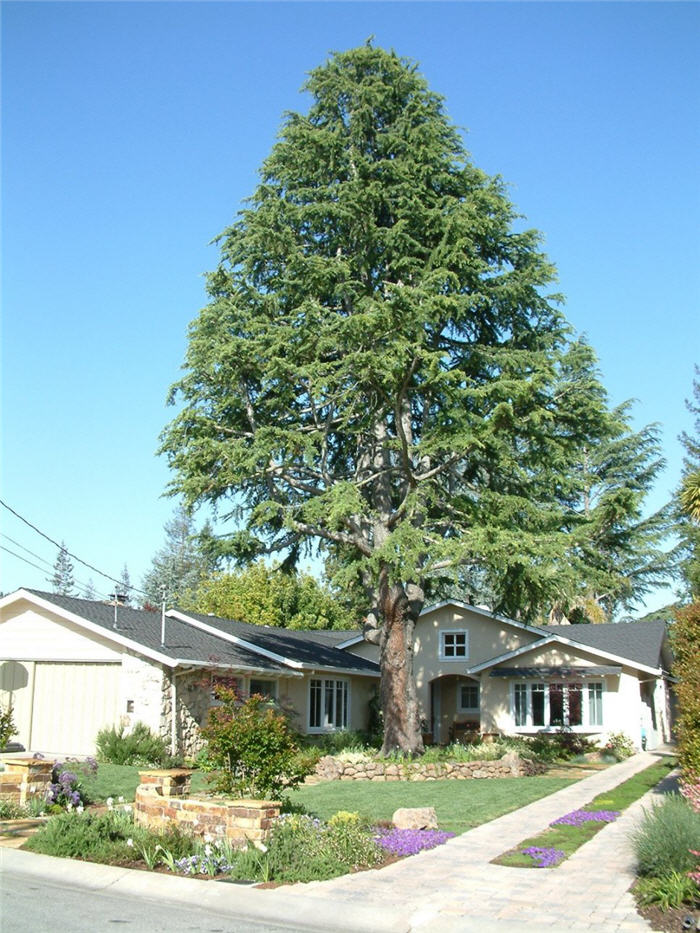| Botanical Name: Cedrus atlantica | |
| Common Name: Atlas Cedar |

-
Anatomy
-
Culture
-
Design
Plant Type
Tree, Conifer
Height Range
25-40', 40-60'
Flower Color
n/a
Flower Season
n/a
Leaf Color
Blue Green, Grey Green
Bark Color
Brown, Grey
Fruit Color
Brown
Fruit Season
Persistent
Sun
Full
Water
Medium
Growth Rate
Moderate, Slow
Soil Type
Clay, Loam, Rocky, Unparticular
Soil Condition
Average, Rich, Poor, Well-drained, Dry
Soil pH
Neutral
Adverse Factors
n/a
Design Styles
English Cottage, Formal, Mediterranean, Ranch, Spanish, Woodland
Accenting Features
Silhouette, Specimen, Unusual Foliage
Seasonal Interest
Winter, Spring, Summer, Fall
Location Uses
Background, Shrub Border, Park
Special Uses
Screen, Wind Break, Shade Tree
Attracts Wildlife
Birds
Information by: Stephanie Duer
Photographer: Steve Mullany/Chandler
Photographer: Steve Mullany/Chandler
-
Description
-
Notes
Atlas cedar is an evergreen conifer that typically grows to 40 to 60 feet tall and 20 to 30 feet wide, though sometimes wider. It is one of the true cedars. Its habit is usually loose pyramidal when young, becoming more flat-topped with long spreading branches as it ages. Needles, to 1 inch long, are curved toward the tip and appear in tufted clusters. Cedars have lovely cones, emerging bluish when young and aging a reddish brown. Seed raised specimens vary in foliage color from green to silver-blue. Native to the Atlas Mountains in northern Africa (Morocco and Algeria).
Best grown in deep, well-drained, acidic loams in full sun. Drought tolerant once established. Some sources list it as being hardy to USDA Zone 6, but there are many large, well established specimens in the valley, though maybe not a good choice for the benches. Tolerant of heat and drought. The greatest problem with this tree is that it is usually planted much too close to a building, walk, or driveway, and so has to be butchered to be gotten around.